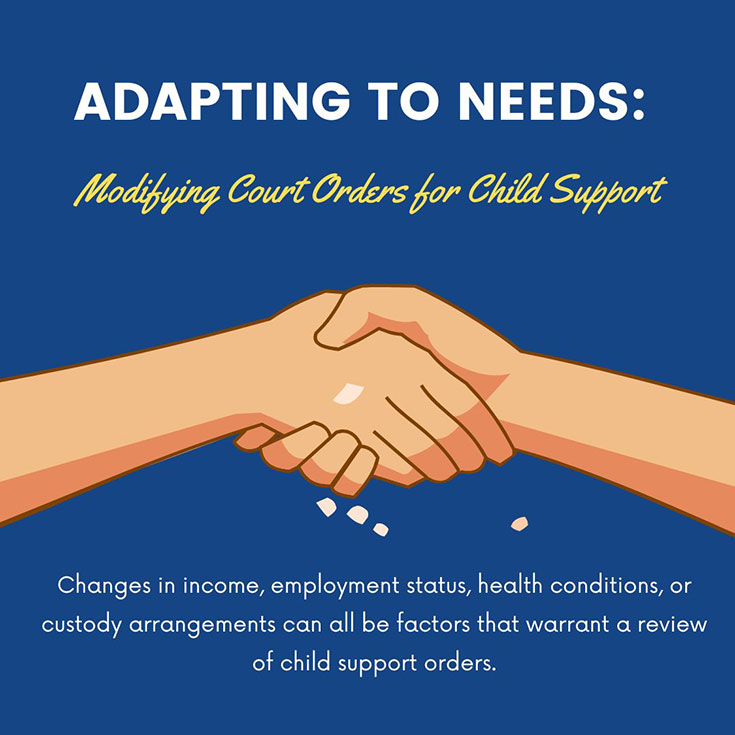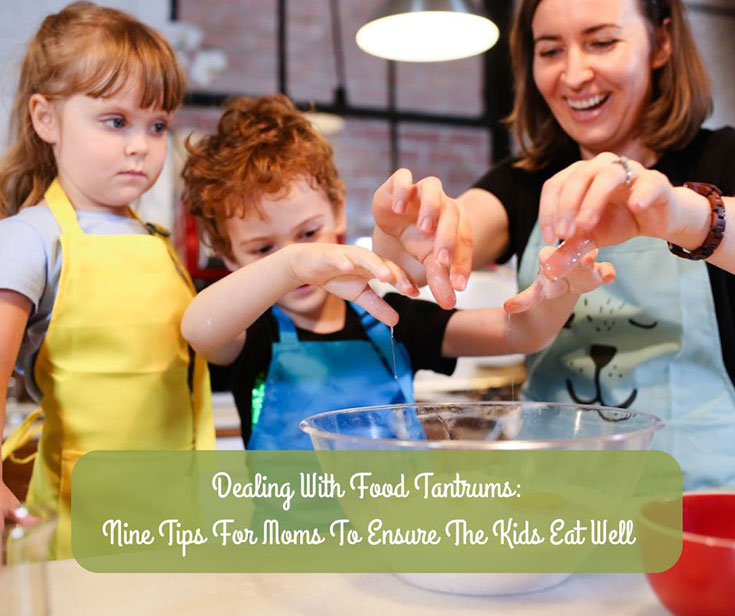A new mom, Taylor Servedio, was breastfeeding her son Leo on a plane when a flight attendant approached her with napkins saying it was illegal to breastfeed uncovered. Despite the airline’s apology and compensation, the experience left Servedio feeling humiliated and raised questions about breastfeeding rights on airplanes.
Luckily, the law and most airline policies actually protect a mother’s right to breastfeed publicly. Servedio’s story highlights the need for wider awareness of breastfeeding rights to normalize and destigmatize the practice.
Traveling with a newborn coupled with the fact you are breastfeeding presents a unique set of challenges. Concerns about milk supply, security checks, and finding comfortable nursing spots can add stress to an already adventurous journey.
However, careful planning and a positive attitude will help you and your baby conquer the skies (and the inevitable diaper changes) with ease and a few laughs!
[Read more…]








